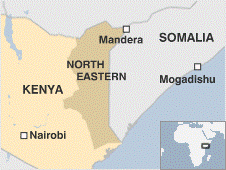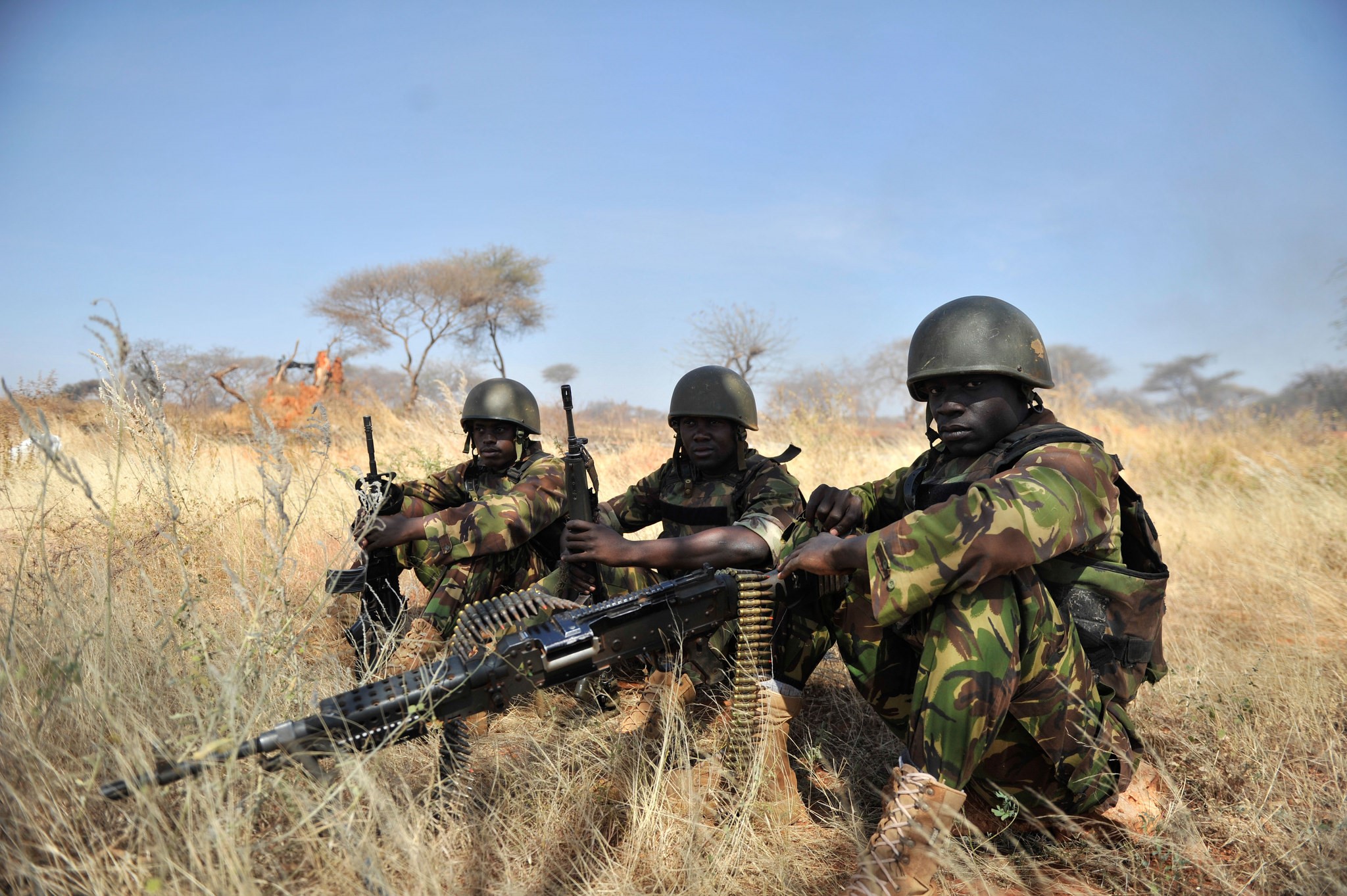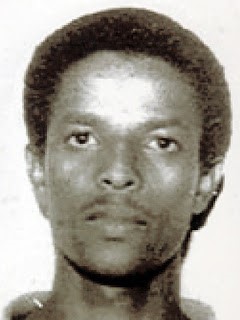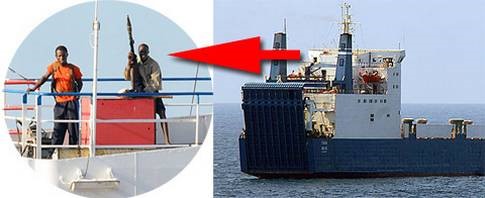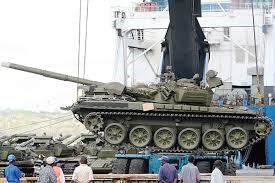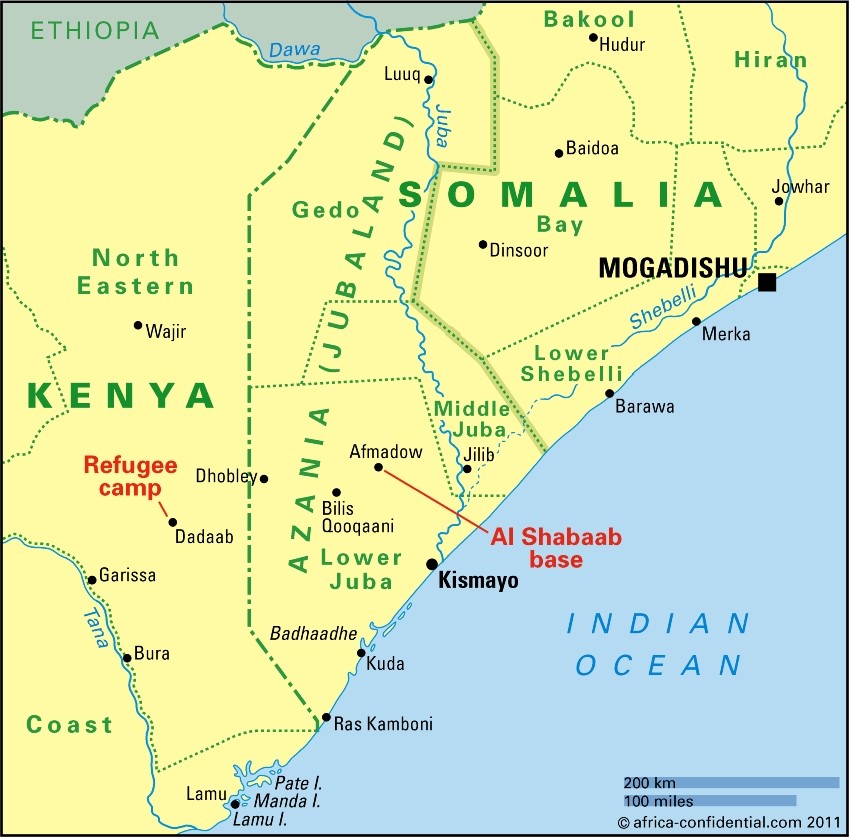Andrew McGregor
April 30, 2009
Kenyan officials claim to have received warnings from al-Qaeda and Somalia’s al-Shabaab movement that they intend to invade Kenya’s North Eastern Province to annex the region to Somalia and implement Shari’a law. Provincial Commissioner Kimeu Maingi expressed concern at the influx of small arms into the dominantly ethnic-Somali region and claimed that the recent kidnappings of Kenyan citizens at the border town of Mandera was intended to provoke a reaction from the Kenyan government. Maingi noted it was unjustifiable for provincial residents to keep demanding food aid from the central government when they are exchanging their livestock for arms, adding that the government had moved extra troops up to the border as part of its continuing disarmament campaign (Kenya Broadcasting Corporation, April 26).
Foreign Affairs Assistant Minister Richard Onyonka declared al-Shabaab had little chance of carrying out its plan, stating, “Kenya is a sovereign country and no person or country will come and threaten the government. We have the capacity and ability to stave off any incursions from anybody else” (Capital FM Radio [Nairobi], April 27; Daily Nation [Nairobi], April 27).
The Somali government of President Shaykh Sharif Shaykh Ahmad condemned the threats, noting al-Shabaab’s opposition to government efforts to implement shari’a in Somalia. Somali Minister of Commerce Abdirashid Irro Muhammad said, “Really, we are very sorry and we condemn such actions. Kenya is our neighbor state and our brotherly country, and they have their own constitution. So there is no reason that al-Shabaab should attack them and endorse the Shari’a law… They are getting orders from the outside Islamic world and really they are not interested whether we will implement the Shari’a law or not” (VOA, April 28). So far, al-Shabaab has not commented on the alleged threats, nor has the Kenyan government released the text of the warning.
The chairman of al-Shabaab’s “Islamic administration” in Gedo, Shaykh Isma’il Adan Haji, recently attacked the government’s introduction of shari’a, describing it as an “apostate regime’s” unacceptable attempt to “dupe the people” (Shabelle Media Network, April 26).
Kenya has received threats from al-Shabaab before, in connection with its provision of military training for Somali government troops, its practice of extraditing Somali nationals to Ethiopia for questioning by U.S. intelligence services and its declared intention to send a battalion of Kenyan troops to join the undermanned African Union Mission in Somalia (AMISOM).
Fighting between ethnic Somali clans in the Mandera region of Kenya’s North-Eastern Province intensified last fall. Kenyan intelligence sources claimed that the arms and funding that the rival groups were receiving from allies across the Somali border constituted a threat to national security (NTV [Nairobi], October 30, 2008).
This article first appeared in the April 30, 2009 issue of the Jamestown Foundation’s Terrorism Monitor

